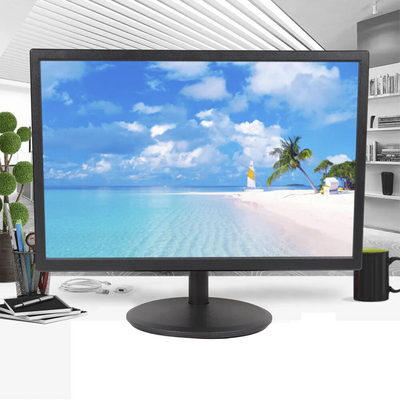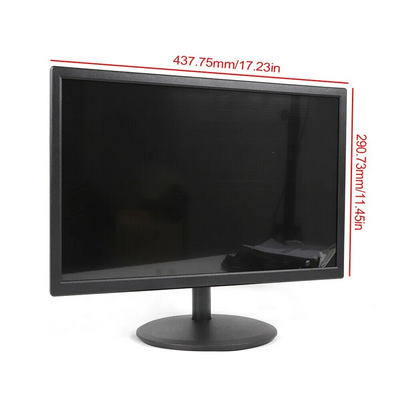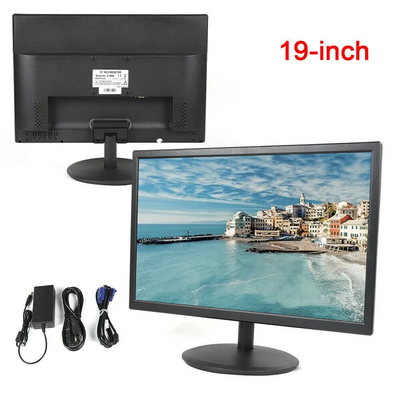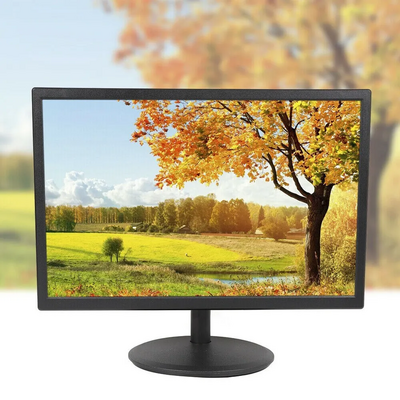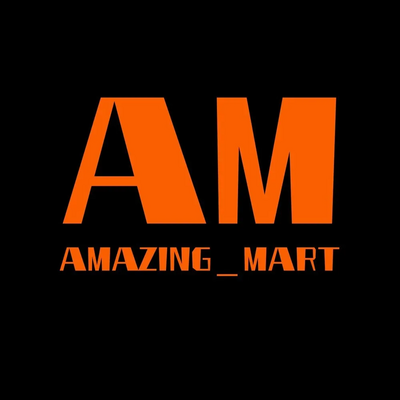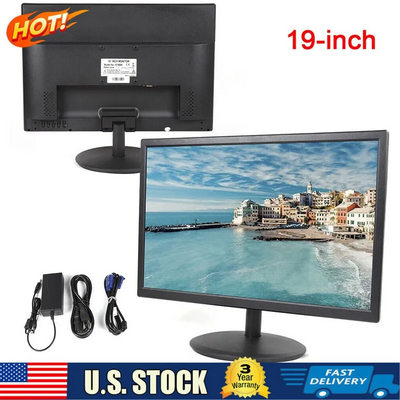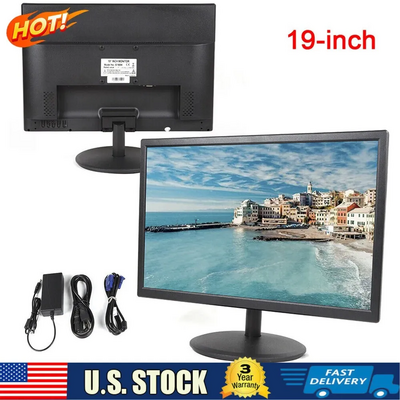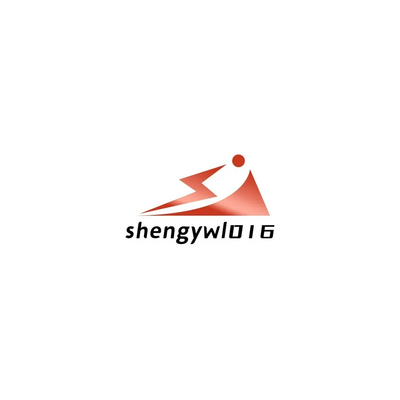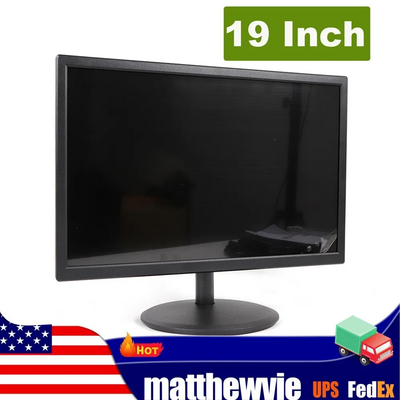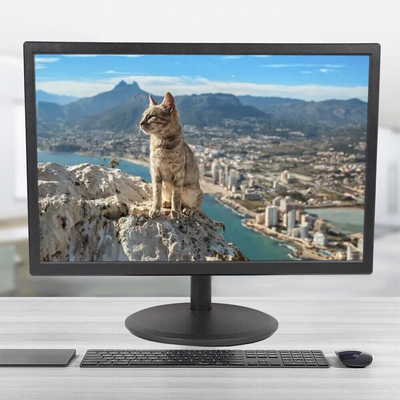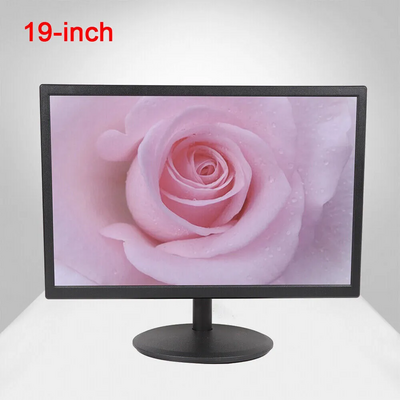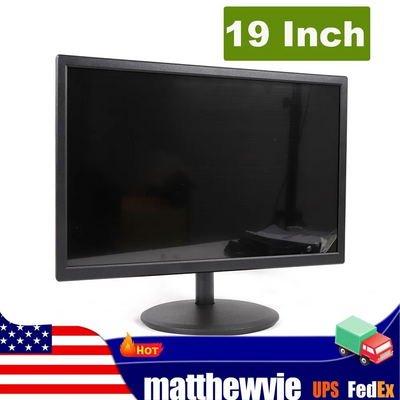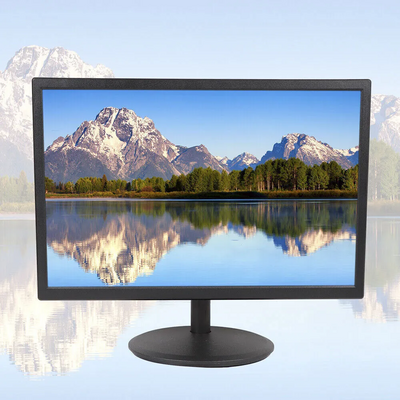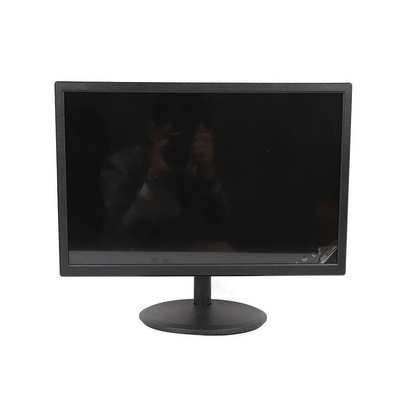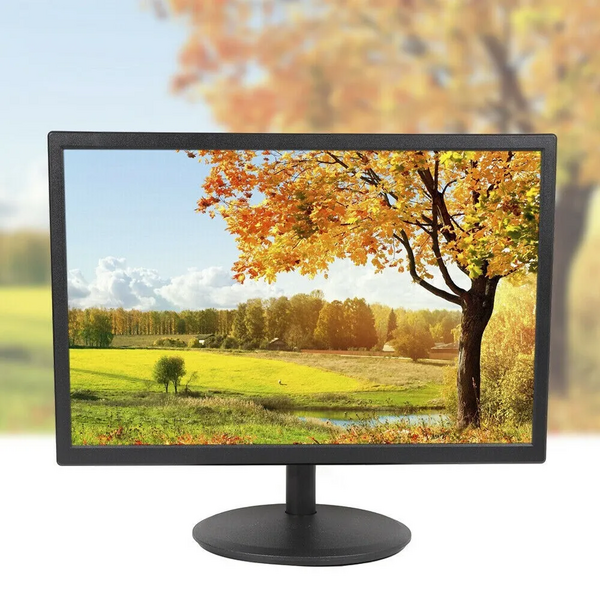
Unbranded LED Screen
| Brand | Unbranded |
| Model | LED Screen |
| Released Year | - |
| Type | TV |
| Screen Size | Varies (commonly 32 to 55 inches) |
| Resolution | Varies; commonly 1920 x 1080 (Full HD) or 1366 x 768 |
| Refresh Rate | Typically 60Hz |
| Display Technology | LED backlit LCD |
| Status | Active |
Quick view
Overview
LED Screen refers to a display technology used in television devices that utilize Light Emitting Diodes as a backlight or light source. The LED technology enhances brightness and contrast compared to traditional LCD displays. These screens often incorporate thin film transistor (TFT) technology to control pixel illumination. The LED method allows for thinner panels and reduced power consumption compared to older CCFL backlighting. The resolution, color accuracy, and refresh rate depend on the specific implementation and panel quality. Overall, LED Screens are designed to provide better image quality, energy efficiency, and longer display lifespan.
This type of TV typically supports various input standards such as HDMI, USB, and VGA for connectivity. The exact specifications may vary broadly as this is an unbranded model with potential variations in component manufacturers and build quality.
Specifications
| Please Note |
|
| ❤Highlights❤ | ❤Premium Material❤Long Service Life❤Creative Design❤ |
| * Feature * |
|
| ★Features★ |
|
| Feature 1 |
|
| Warranty | Varies, often limited for unbranded devices |
| Display Technology | LED backlit LCD |
| Maximum Resolution | 1440×900@60HZ |
| Model | LED Screen |
| Shipping notice | Can not ship to Puerto Rico/Alaska/Hawaii |
| Screen Size | Varies (commonly 32 to 55 inches) |
| Type | LED Screen/LED Monitor |
| Aspect Ratio | 16:9 |
| Display Area | 408.2×255.1(m㎡) |
| HZ | 60HZ |
| Number of Colors | 16.7M |
| Brightness | 250cd/㎡ |
| Response time | 5ms |
| Contrast Ratio | 1000:1 |
| Video Input Format(Analog) | RGB |
| Connector Standard | VGA + HDMI |
| Power Supply | AC 110V (DC 12V) |
| Operation Environment/Workable Temperatu | -10 to 60°C |
| Storage Temperature | -20 to 60°C |
| Operate Relative Humidity: | 20% to 80% |
| Storage relative humidity | 10% to 80% |
| Manual | English version |
| Certificate | CE,ROHS,FCC |
| Standard Resolution | 1440×900@60HZ |
| View Angle | Horizontal 85° Vertical:80° |
| Custom Bundle | Yes |
| Color |
|
| Manufacturer Warranty |
|
| MPN |
|
| UPC |
|
| Resolution | Varies; commonly 1920 x 1080 (Full HD) or 1366 x 768 |
| Refresh Rate | Typically 60Hz |
| Input Interfaces | HDMI, USB, VGA, AV input |
| Power Consumption | Depends on size and panel, generally 20-100W |
| Response Time | Around 5-8 milliseconds |
| Viewing Angle | Typically 178° horizontal and vertical |
| Speaker Output | Built-in stereo speakers, usually 10W x 2 |
| Color Depth | 8-bit or higher depending on panel |
| Backlight Type | LED |
| Dimensions | Varies by screen size and bezel design |
| Weight | Varies by model, typically 3-10 kg |
| Operating System | None or basic firmware (unbranded models) |
| Connectivity | HDMI 1.4/2.0, USB 2.0, VGA, AV, headphone jack |
| Manufacturer ( 制造商 ) | Does not apply |
| Personalize | No |
| Set Includes | See the description |
| Country/Region of Manufacture | Unknown |
| Theme | Casual |
| Year Manufactured |
|
| Application | Multi-Purpose |
| Warrany | 3 Years |
| EAN | Does not apply |
| ISBN | Does not apply |
| 1.Feature* | Unique Appearance,Great Durability |
| 2.Feature* | Compact Design,Convenient Use |
| Transportation does not include | canarias |
| OE/OEM Part Number | Does not apply |
| MPN ( MPN ) | n/a |
| Herstellergarantie | 10 Jahre |
Images
Key Advantages
LED Screens provide significant improvements in brightness and contrast, resulting in clearer and more vivid images. Their thin design allows for lightweight and sleek television builds suitable for modern decor. LED technology consumes less power than CRT and CCFL backlit models, contributing to energy savings. They tend to have a longer operational lifespan and lower heat generation compared to older technologies. These displays offer wide viewing angles and faster response times, making them suitable for dynamic content. Additionally, LED TVs can support a broad spectrum of colors enhancing the overall visual experience.
Limitations
As an unbranded LED Screen, the lack of standardized specifications can result in inconsistent picture quality and performance. These models may lack advanced smart TV features or comprehensive connectivity options common in branded devices. There could be limited support for newer HDR standards compared to premium branded LED TVs. The build quality might be lower, potentially affecting durability and long-term reliability. Firmware updates and software support are often unavailable or minimal. Also, color calibration and image processing technology may not match the performance of established brands, affecting image accuracy.
FAQ
What is an LED Screen in TV technology?
An LED Screen in TV technology refers to a display that uses light-emitting diodes as a backlight for LCD panels, improving brightness and energy efficiency.
How does an LED Screen differ from traditional LCD TVs?
LED Screens use LED backlighting instead of cold cathode fluorescent lamps (CCFL), which allows for thinner displays, better brightness, and reduced power consumption.
Are unbranded LED Screen TVs reliable?
Reliability can vary widely; unbranded LED Screen TVs may lack consistent quality control and support compared to branded models.
What connectivity options are typically available on LED Screen TVs?
Common connectivity options include HDMI, USB ports, VGA input, and sometimes AV inputs, but availability depends on the specific model.
Do LED Screen TVs support high dynamic range (HDR)?
Support for HDR depends on the specific model, and many unbranded or older LED Screen TVs may not support advanced HDR standards.
Can I upgrade or replace components like backlight in LED Screen TVs?
Component replacement is possible but depends on the model and availability of compatible parts, which can be limited for unbranded TVs.
What are the power consumption benefits of LED Screen TVs?
LED Screen TVs typically consume less power than traditional CCFL-backlit LCDs or CRTs, offering energy cost savings and less heat generation.
Disclaimer
The content on is provided for general informational purposes only. We do not guarantee the accuracy, completeness, or reliability of any information, specifications, or visuals presented on the site.
is not responsible for any content, images, or data uploaded or shared by users. Users are solely responsible for the content they submit.
We may include links to third-party websites for convenience. We do not endorse or take responsibility for the content or policies of any external sites.
Use of the site is at your own risk. Always verify critical information independently before making decisions based on content from this website.

